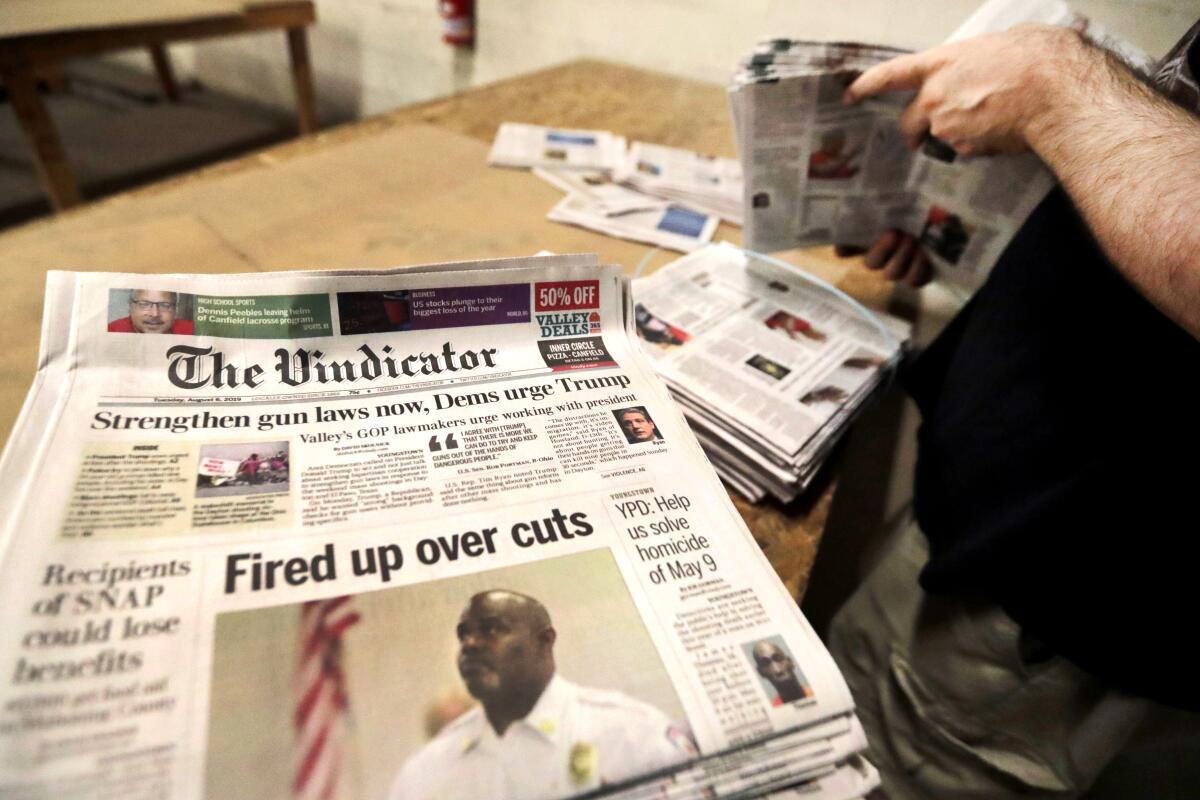What Does News Articles Do?
What Does News Articles Do?
Blog Article
The News Articles Statements
Table of ContentsThe Best Guide To News ArticlesA Biased View of News Articles8 Simple Techniques For News ArticlesSome Ideas on News Articles You Need To KnowWhat Does News Articles Mean?
Great knowledge of various topics provides students an one-upmanship over their peers. Also though electronic and social media are conveniently easily accessible, we should not fail to remember how crucial it is to read the papers. Parents must attempt and instill the practice of reviewing a paper as an everyday regimen to continue the tradition of the revered print tool.Newspaper article also include at least one of the adhering to essential features about the designated target market: proximity, importance, timeliness, human interest, quirk, or repercussion. The relevant term journalese is sometimes utilized, typically pejoratively, to describe news-style writing. Another is headlinese. Newspapers typically follow an expository writing style.
Within these limitations, information tales also intend to be extensive. Among the larger and a lot more reputable papers, fairness and balance is a major aspect in providing info.
Papers with an international audience, as an example, have a tendency to use a more formal style of composing. The particular selections made by an information outlet's editor or content board are commonly collected in a style overview; usual design guides consist of the and the US Information Style Publication. The primary goals of news writing can be summarized by the ABCs of journalism: accuracy, brevity, and clarity.
Things about News Articles
As a regulation, reporters will certainly not make use of a lengthy word when a brief one will certainly do. News writers try to prevent using the same word much more than once in a paragraph (in some cases called an "echo" or "word mirror").
Headlines occasionally leave out the subject (e.g., "Jumps From Boat, Catches in Wheel") or verb (e.g., "Pet cat female fortunate"). A subhead (likewise subhed, sub-headline, subheading, subtitle, deck or dek) can be either a subservient title under the major heading, or the heading of a subsection of the short article. It is a heading that precedes the major message, or a group of paragraphs of the primary text.
Added billboards of any of these types might appear later on in the short article (especially on succeeding pages) to entice additional reading. Such signboards are likewise made use of as guidelines to the short article in various other sections of the magazine or site, or as promotions for the piece in various other publication or websites. Normal framework with title, lead paragraph (summary in vibrant), other paragraphs (information) and get in touch with details.

Example of a hard-lead paragraph NASA is suggesting one more area job. The company's budget plan request, announced today, included a plan to send an additional goal to the Moon. This moment the firm wishes to develop a long-lasting facility as a jumping-off point for other room journeys. The spending plan demands around $10 billion for the job.
An "off-lead" is the second most vital front page information of the day. To "hide the lead" is to start the post with history details or details of second value to the readers, compeling them to check out even more deeply into a write-up than they need to have to in order to find the essential factors.
Unknown Facts About News Articles
Typical use is that or more sentences each look at here now develop their very own paragraph. Reporters usually explain the organization or structure of a newspaper article as an upside down pyramid. The essential and most fascinating components of a tale are placed at the beginning, with sustaining information complying with in order of lessening value.
It permits individuals to check out a subject to just the depth that their interest takes them, and without the imposition of information or subtleties that they could consider unimportant, yet still making that details available to a lot more interested readers. The inverted pyramid structure likewise makes it possible for write-ups to be cut to any kind of approximate size throughout format, to suit blog here the room readily available.
Some authors begin their tales with the "1-2-3 lead", yet there are several additional reading sort of lead readily available. This layout usually begins with a "Five Ws" opening paragraph (as described above), adhered to by an indirect quote that offers to sustain a significant aspect of the first paragraph, and afterwards a direct quote to sustain the indirect quote. [] A twist can describe numerous points: The last story current program; a "satisfied" tale to end the show.
Longer articles, such as publication cover articles and the pieces that lead the within sections of a newspaper, are known as. Attribute stories vary from straight news in a number of ways.
The 10-Minute Rule for News Articles
The reporter typically information interactions with interview topics, making the item much more individual. A feature's very first paragraphs usually connect an interesting minute or event, as in an "anecdotal lead". From the details of an individual or episode, its sight rapidly expands to generalities about the story's topic. The area that signifies what a feature is about is called the or signboard.

The Editor's Tool kit: A Recommendation Guide for Beginners and Professionals (2001) Allan M. Siegal and William G. Connolly. The New York City Times Handbook of Style and Use: The Official Design Guide Made Use Of by the Writers and Editors of the World's Most Reliable Paper (2002) M. L. Stein, Susan Paterno, and R.
Report this page